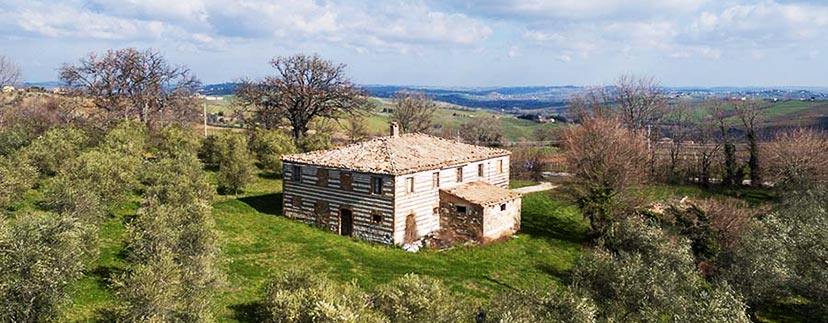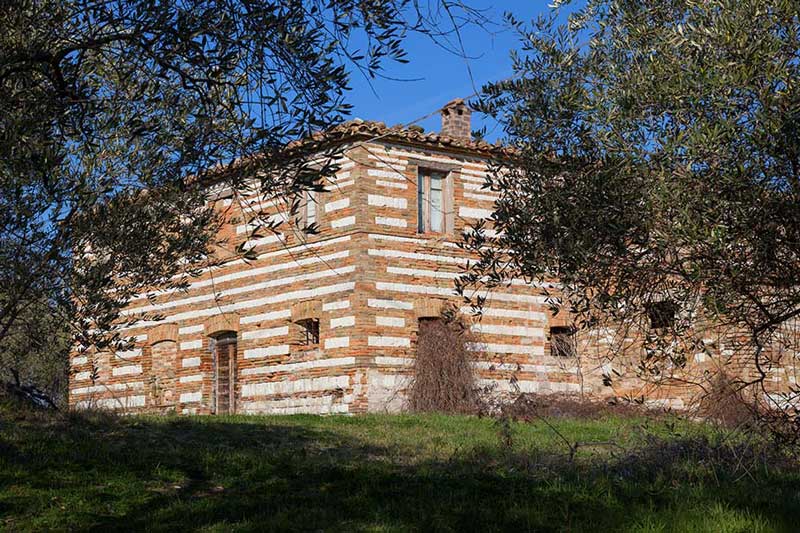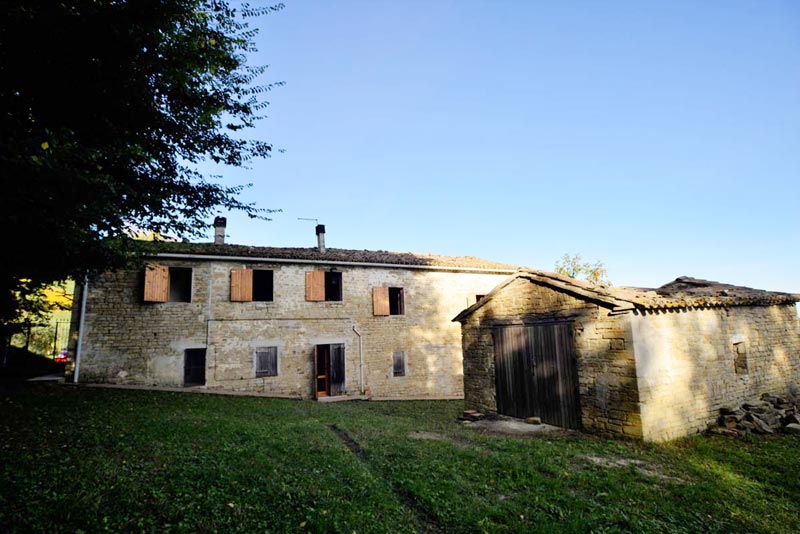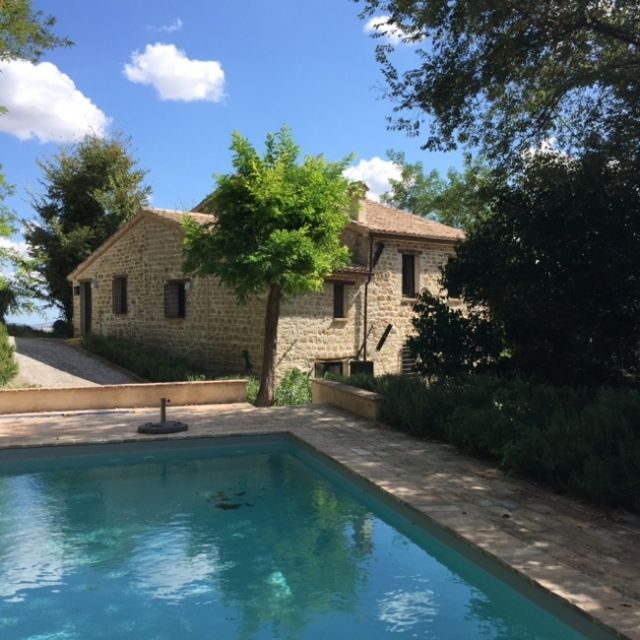
The stone farmhouses in the region Marche are steeped in old stories and handed down from generation to generation.
If you follow any road that crosses the green hills of the region Marche and its evocative countryside areas, you will notice the buildings that are a main feature on the surrounding landscape: houses, farmhouses and sometimes a group of buildings similar to small villages, all buildings are strictly built in stone. What may seem an ancient building technique though quite common because the basic product is cheap and easy to handle, actually there is a story behind, and made of traditions that has made these landscapes unique.
A story that begins in the distant past
The history books about the region Marche could tell of a practice, that is the most typical for the region, both in practical terms, therefore of economy, and in those more related to the regional identity, the soul of the territory: the agricultural cultivation of the land by peasant families and sharecroppers. For those who do not know anything about the sharecropping, it was a practice that spread from the early Middle Ages especially in this area and that saw the landowner and the farmer, the so-called sharecropper, coexist within the same small residential circuit. The owner was the one who made the land available to the farmer – along with housing and in exchange for 50% of the proceeds – the latter would take care of the processing, cultivation and maintenance of the field together with his family. Why this premise? Because stone farmhouses have much more to do with the peasant world than one might think …
The tradition of stone
In the region Marche, it has always been possible to find big quantities of stone and this stone was then used for the construction of houses and shelters because of its availability and resistance. In fact, during the plowing of the field to be cultivated, the peasants used to put the stones at the edges of the plot of land, so as not to get in the way during the working phase. Some families in charge, whose hands were very experienced, took these stacked stones (simple round pebbles) to work them up to make them rectangular and ready to be used in the construction of houses and shelters and, later in history, of those that today are still the charming stone farmhouses in the region Marche. Of this ancient practice, there are certain traces until the end of the Second World War when unfortunately – perhaps due to the lack of necessity – this long tradition has disappeared. It is however fantastic to find that, during the renovation of old farmhouses and farmsteads, it is still possible to date back to the period in which the stones were worked because of the type of polishing: these revelations are able to create a bridge, an intense link, between the present and past.





